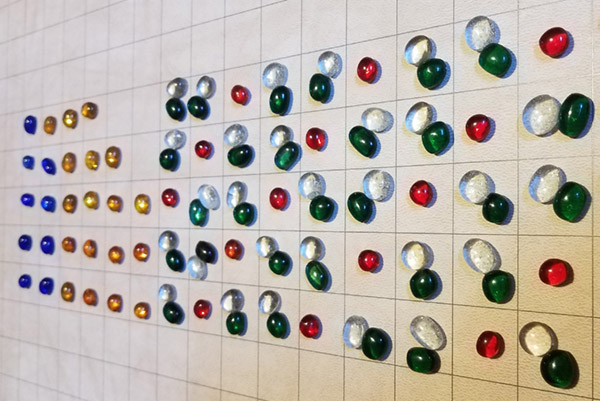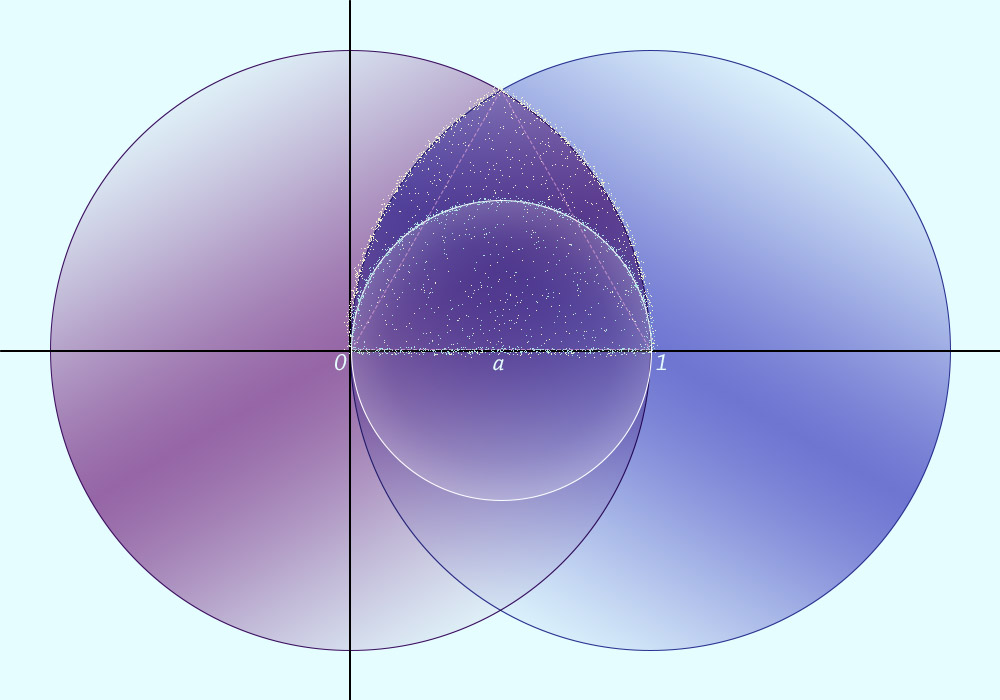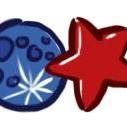-
Posts
6 -
Joined
-
Last visited
Content Type
Profiles
Forums
Events
Gallery
Blogs
Posts posted by Cygnet
-
-
Surprisingly
SpoilerAl always wins. Always.
There are 6 "types" of voters possible, I'll notate them by their first and second choices: AB, AC, BA, BC, CA, CB
If this Yacht club is only 3 people, Al, Bert and Charlie themselves, voting for themselves first, then based on the second place vote, they're either AB, BC, CA or AC, BA, CB. We can run these through the bracket easy enough.
Option 1:
First B vs C: AB:B BC:B AC:C, B Wins. Followed by B vs A: AB:A BC:B CA:A, A Wins.
Option 2:
First B vs C: AC:C BA:B CB:C, C Wins. Followed by C vs A: AC:A BA:A CB:C, A Wins.
But, if this Yacht club is more than 3 people, It has to be a number of people divisible by 3. 9, 15, 21, etc are all valid, but work out the same way as 3 people ultimately.
Since AB+AC and BA+BC and CA+CB are all equal, but the total number of people is known to be odd, we know that each of those three pairs of voter types has an odd number of people in it (because odd+odd+odd=odd and even+even+even=even), which means that out of each pair of voter types, one of the two is at least 1 person bigger than the other. The same is true for the pairs AB+CB, AC+BC and BA+CA, that each pair is equal to the others, but the groups inside the pair are not equal. This means that there will always be an advantage of at least one vote, in the same rotational manner as with 3 people, so the bracketed vote will turn ou tthe same way.
-
15 hours ago, Pickett said:
@Cygnet I think something is wrong with your solution, as one of the requirements is that "18 of us did not drink water."
by your answer, you have 8 that drank nothing, 7 that drank only wine, and 11 that drank beer and wine...which totals 26 people that did not drink water.
Oh, oops!
-
I believe the answer is actually
Spoiler6.
SpoilerFirst off, it's fairly easy to figure out how many of each drink we have.
Wine(W) drinkers = 39, $5 per glass = $195 spent on wine, leaving $98 spent on water(H) and beer(B)106 glasses total - 39 wine glasses = 67 beer and water glasses
$2(B) + $1(H) = 98
B + H = 67
Subtract one equation from the other and B = 31, meaning H = 36. And W = 39 still.
So, I decided to solve this by getting some drinks! Clear water, red wine, and green beer (must have been St Patrick's Day, I guess!)

And then I laid out all of the people I could account for for sure, one square per person, following the following:
9 squares marked with blue beads to represent "teetotalers" and that no red or green beads could be added. I could only remove a blue bead if I filled it's square with a water. Blue beads are allowed to remain to represent a person who drank nothing.
18 squares marked with yellow beads represent "those who drank no water" and that no white could be added. These must be filled by drinkers without white beads, and no drinkers without a white bead may exist outside of these 18 squares in the end.
Then since those who drank water and beer should be as high a number as possible, but be exactly 2x those who drank only wine, I paired off as many sets as I could. I know that I can have less of these sets in my final solution, but not more, as I have run out of beer.
I also had a pile beside the image below that contained one beer, 6 waters and 24 wines.

Next, I moved each instance of lone wines to replace as many yellow beads as I could, as they fill that requirement.
I was also able to create 1 beer+wine drinker (who took a yellow space) and 6 water+wine drinkers.
I then removed one set of BH+BH+W beads at a time, and redistributed them as efficiently as possible in accordance with the rules, until I arrived at the following:

1 water
8 nothing
7 wine
11 wine+beer
14 beer+water
15 water+wine
6 all
@ThunderCloud did all the work up until I pulled out the glass beads.
-
Spoiler
Is it perhaps phalanges (finger bones)?
There are 14 bones considered to be phalanges, and it's odd that this number is even because the thumb only has two, otherwise we would have 15. Bones contain marrow, which creates blood cells - white and red/pink? Hands can be used to confer adulation (applause) when not used for slight (a dismissive gesture, or maybe flipping the bird). Woven tight (clasped together, fingers interwoven) mayhaps invoke (pray or beg for) serendipity.
But I can't explain the last couplet with this answer... at least nothing comes to mind.
-
Spoiler

Plasmid's got this entirely right, but ThunderCloud and I were working on this separately and endeavored to find the actual fraction involved. I also made a picture, just for fun.
The area of the shape that contains all triangles can be calculated using the formula for the arc (π/6), doubled, minus the equilateral triangle that is duplicated by the arc from the second circle (2π/6 - √3/4). The half circle that contains all obtuse triangles has an area of π/8, so the fraction of triangles that are obtuse is (π/8) / (2π/6 - √3/4). Simplifying this so it has no icky compound fractions, we get 3π/8π-6√3. This works itself out to ~0.639, just to confirm Plasmid's result.
Edit: I had this window open and didn't see bonanova had posted. Heh.

New math
in New Logic/Math Puzzles
Posted
351444
I think.